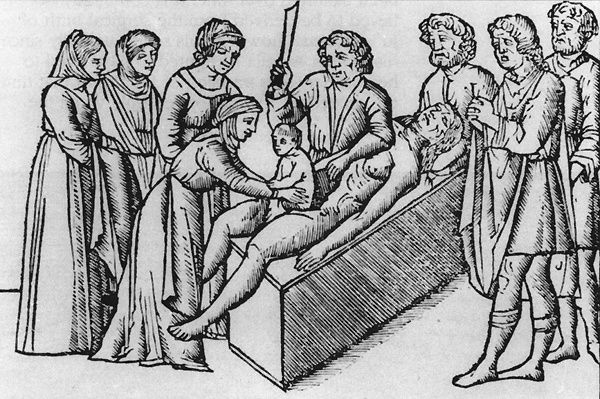- Joined
- Jan 22, 2017
- Messages
- 17,764
- Reaction score
- 28,184
- Location
- secret bunker
- Gender
- Female
- Political Leaning
- Libertarian - Left
Saw this little "fun" fact today. Decided to inflict it upon all of you as well. Sorry.

 www.pharmacytimes.com
www.pharmacytimes.com

In short, at this time in history, C-sections were incredibly dangerous, often resulting in the death of either or both the mother and child in the process. For this reason, C-sections were more generally a last resort following the exhaustion of all other options.2
Far more common during this period in history was the surgical procedure of the symphysiotomy. During this procedure, the pubic symphysis, which is a joint above the vulva covered and connected by cartilage and reinforced by ligaments and tendons, is severed to widen the pelvis and make the childbirth process a bit more likely to occur.
In comes the chainsaw. In the late 18th century, 2 Scottish doctors, John Aitken and James Jeffray, developed a prototype of the chainsaw—familiar today in the timber industry—for symphysiotomy and the excision of diseased bone.2,4
The design of the chainsaw was based on a watch chain with teeth that moved through the use of a hand-crank. This meant that although the mother may not have looked down to see her doctor holding a version of the chainsaw we know today, she would instead see her doctor furiously cranking a chainsaw against her vulva.

Fun Fact: Unfortunately, Chainsaws Were Invented for Childbirth
Although childbirth remains a difficult, often stressful experience for mothers, the advent of opioid medications for labor pain relief and the use of appropriate sanitation methods has made childbirth far safer for mothers than was possible during previous periods in history.



